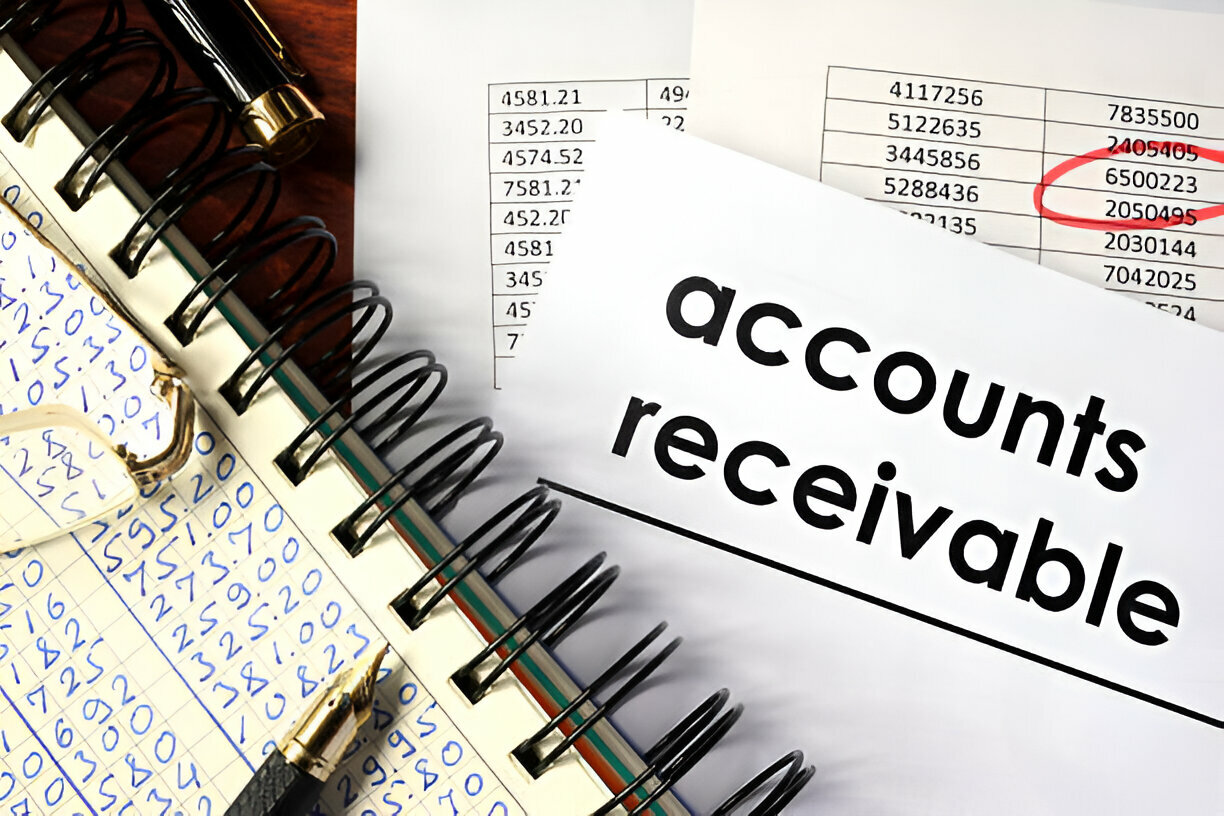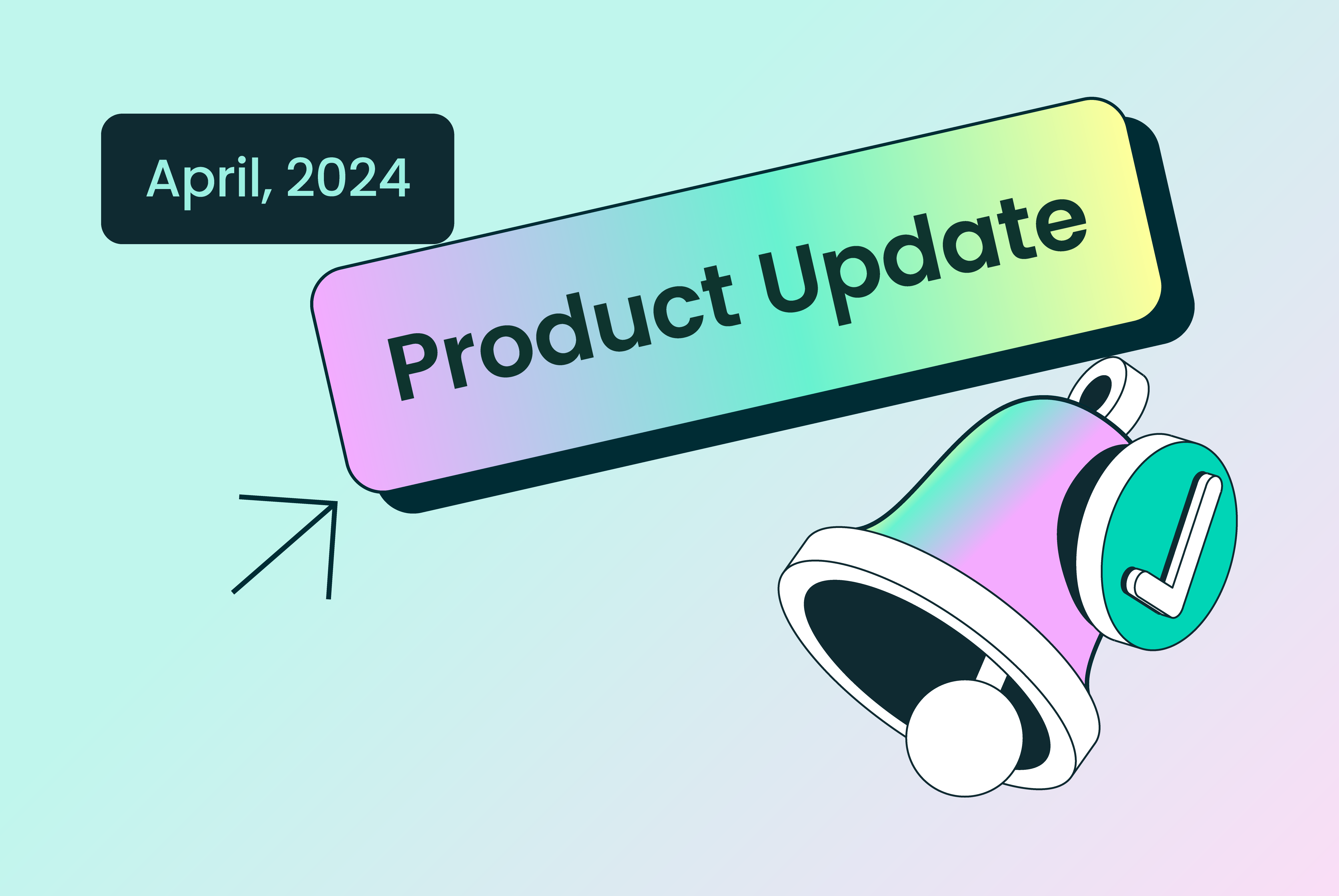Accounts payable (AP) is the process of paying for goods and services that a company has received from its suppliers. Effective accounts payable management not only ensures timely and accurate payments but also plays a crucial role in maintaining strong relationships with suppliers, optimizing cash flow, and adhering to financial regulations and compliance standards.
It is a critical function for any business, but it is very time-consuming and error-prone. As a result, there has been a noticeable trend towards automation, with over 70% of businesses in Africa now adopting either partially or fully automated accounting processes.
Automation is the use of software to streamline and optimize the AP or AR process. It offers businesses the power to enhance efficiency, accuracy and control over their financial operations. Automation allows finance teams to streamline various aspects of their financial transactions, which not only accelerates payment cycles but also significantly lowers the risk of errors and reduces costs. Beyond these tangible benefits, payment automation provides organizations with invaluable data insights, which enables better decision-making and compliance adherence.
In a rapidly evolving business landscape, payment automation has emerged as a key enabler for organizations seeking to stay competitive and agile in managing their financial operations.
There are many different ways to automate AP. Some familiar methods include:
Optical Character Recognition (OCR): OCR is a technology that is used to convert scanned documents, PDF files, or images into readable text. OCR helps businesses process invoices seamlessly by extracting information, such as the invoice amount, due date, and vendor information, eliminating the need to enter these details manually.
Invoice Matching: This is a crucial financial process that compares invoices to purchase orders and receipts to ensure that they are accurate and aligned in terms of quantity, price, and other relevant information. Automating this process reduces the likelihood of errors and improves efficiency.
Digital Invoices: A digital invoice, unlike a paper one, is fully electronic and is a key component of workflow automation. Digital invoices can be integrated with accounting software and allow for automatic generation, distribution, and tracking of invoices. This leads to faster payment processing as they can be delivered instantly and come with built-in payment options, making it easier for your customers to pay you.
Approval Workflows: Automated approval workflows are designed to optimize the review and approval processes of invoices. With automation in place, invoices are directly routed to the relevant individuals or teams based on predefined criteria, which reduces manual effort as well as helps businesses maintain compliance and expedite decision-making while maintaining a clear record of each approval step.
Reconciliation: It’s not enough to process invoices and make payments, it is also crucial that all payables (and receivables) balance. Automation makes this easier by improving accuracy, efficiency, and scalability. It allows finance professionals to focus on resolving discrepancies and making informed financial decisions rather than spending excessive time on manual data entry and matching tasks.
How can payment automation drive value to your business?
Increased efficiency and accuracy
Manual error is a major source of problems with paper-based invoice processing. When accountants manually input invoice data, errors are often inevitable. These errors can come from external sources or other departments within the organization.
Automated systems are inherently less prone to making mistakes, offering a more reliable and efficient solution. It also speeds up the initial phase of invoice processing, saving businesses valuable time.
Better Data Visibility and Insight
In addition to simplifying compliance, automation in AP also provides businesses with better transparency and insight into their finances. Automated systems can track and store data related to invoices, payments, and other AP activities, which can then be used to generate reports to identify trends and areas of improvement, manage risk, and make informed decisions.
Improved Vendor Satisfaction
In addition to internal benefits, automated systems can help build stronger relationships with external stakeholders such as vendors and contractors.
How? When a business automates its AP processes, it ensures timely and accurate vendor payments, which significantly reduces the chance of errors.
Maintaining good relationships with vendors can be beneficial in many ways, such as getting early payment discounts, securing better terms on future contracts, and receiving preferential treatment during supply chain disruptions.
Automated Payments on Duplo
With Duplo, you can automate your entire accounts payable process, from workflows and invoices to payments and reconciliation, all on one centralized dashboard!
Save time and reduce errors by automating your accounts payable process.
Request a consultation with our team to learn more.




